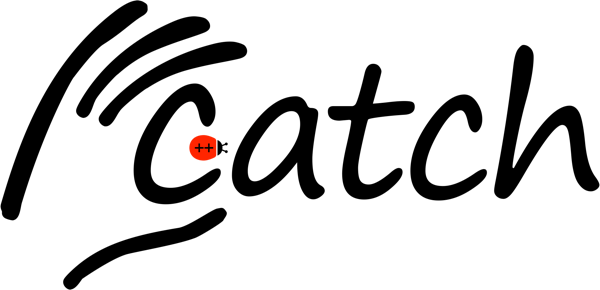mirror of
https://github.com/catchorg/Catch2.git
synced 2025-12-05 10:39:32 +01:00
cf6f9e32535285448cdb668e95a5ea10bc0f3a4b
The latest, single header, version can be downloaded directly using this link
What's the Catch?
Catch stands for C++ Automated Test Cases in Headers and is a multi-paradigm automated test framework for C++ and Objective-C (and, maybe, C). It is implemented entirely in a set of header files, but is packaged up as a single header for extra convenience.
How to use it
This documentation comprises these three parts:
- Why do we need yet another C++ Test Framework?
- Tutorial - getting started
- Reference section - all the details
More
- Issues and bugs can be raised on the Issue tracker on GitHub
- For discussion or questions please use the dedicated Google Groups forum
- See who else is using Catch
Description
A modern, C++-native, test framework for unit-tests, TDD and BDD - using C++14, C++17 and later (C++11 support is in v2.x branch, and C++03 on the Catch1.x branch)
Readme
82 MiB
Languages
C++
90%
CMake
5.5%
Python
3.4%
Meson
0.6%
Starlark
0.3%

